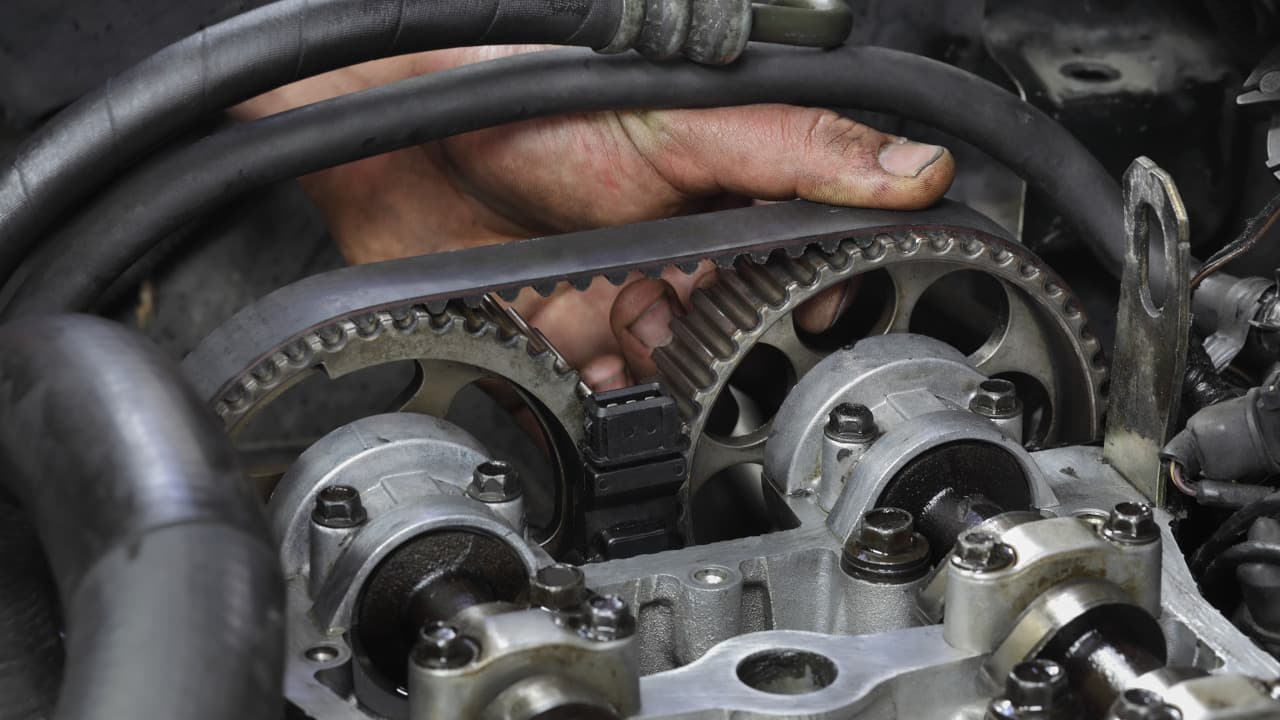- Arabic
- French
- Russian
- Spanish
- Portuguese
- Turkish
- Armenian
- English
- Albanian
- Amharic
- Azerbaijani
- Basque
- Belarusian
- Bengali
- Bosnian
- Bulgarian
- Catalan
- Cebuano
- Corsican
- Croatian
- Czech
- Danish
- Dutch
- Afrikaans
- Esperanto
- Estonian
- Finnish
- Frisian
- Galician
- Georgian
- German
- Greek
- Gujarati
- Haitian Creole
- hausa
- hawaiian
- Hebrew
- Hindi
- Miao
- Hungarian
- Icelandic
- igbo
- Indonesian
- irish
- Italian
- Japanese
- Javanese
- Kannada
- kazakh
- Khmer
- Rwandese
- Korean
- Kurdish
- Kyrgyz
- Lao
- Latin
- Latvian
- Lithuanian
- Luxembourgish
- Macedonian
- Malgashi
- Malay
- Malayalam
- Maltese
- Maori
- Marathi
- Mongolian
- Myanmar
- Nepali
- Norwegian
- Norwegian
- Occitan
- Pashto
- Persian
- Polish
- Punjabi
- Romanian
- Samoan
- Scottish Gaelic
- Serbian
- Sesotho
- Shona
- Sindhi
- Sinhala
- Slovak
- Slovenian
- Somali
- Sundanese
- Swahili
- Swedish
- Tagalog
- Tajik
- Tamil
- Tatar
- Telugu
- Thai
- Turkmen
- Ukrainian
- Urdu
- Uighur
- Uzbek
- Vietnamese
- Welsh
- Bantu
- Yiddish
- Yoruba
- Zulu
സെപ് . 11, 2024 00:56 Back to list
Stepper Motor Belt Solutions for Precision Motion Control
The Mechanics and Applications of Stepper Motor Belts
Stepper motors have revolutionized the way we approach movement control in various applications, from 3D printers to CNC machines. Among the essential components that enhance the performance of stepper motors are the belts used to transmit motion. Understanding the mechanics of stepper motor belts can improve their effectiveness and application in various fields.
What is a Stepper Motor?
A stepper motor is a type of DC motor that moves in discrete steps, allowing for precise control of position and speed. Unlike traditional motors that rotate continuously, stepper motors can rotate incrementally, making them ideal for applications requiring exact movements. They operate on the principle of electromagnetic coils that are energized in a sequence, creating a rotational force that results in stepwise movement.
The Role of Belts in Stepper Motors
Belts serve as a crucial linkage between the stepper motor and the load it drives. They facilitate the transfer of motion while also providing flexibility in the design of the mechanical system. Stepper motor belts are generally made of durable materials like rubber or polyurethane, ensuring durability and minimal stretch over time, which is critical for maintaining precision in operations.
One of the primary advantages of using belts with stepper motors is that they allow for speed reduction. When a stepper motor drives a load directly, the speed and torque are directly linked. By using a belt and pulley system, designers can achieve greater torque and lower operational speeds. This is particularly important in applications where precise movement is required, such as in robotics or automated assembly lines.
Types of Belts Used with Stepper Motors
There are several types of belts commonly used in conjunction with stepper motors
stepper motor belt

1. Timing Belts These belts have teeth that mesh with a corresponding cog on the pulley. Timing belts are essential for applications requiring precise synchronization, as they prevent slippage and ensure that the motor's output matches the desired movement accurately.
2. V-Belts These are more traditional belts that fit into grooves on pulleys. While they may not provide the same level of precision as timing belts, they are often used in less critical applications due to their ease of installation and relatively low cost.
3. Flat Belts Flat belts are simple and can handle a significant amount of power; however, they are rarely used in high-precision applications because they can slip, leading to inconsistencies in movement.
Applications of Stepper Motor Belts
The integration of stepper motor belts can be seen in various industries. In 3D printing, for instance, belts are used to control the movement of the print head, enabling precise layer deposition. Similarly, in CNC machining, belts allow for rapid positioning and accurate cutting operations.
Moreover, robotics has greatly benefited from the combination of stepper motors and belts. Automated arms and drones rely on this technology to execute complicated maneuvers with exactness.
Conclusion
In summary, stepper motor belts play an indispensable role in enhancing the performance and versatility of stepper motors. By facilitating precise movement control, they open the door for innovative applications across diverse fields. Understanding how to select and implement these belts effectively can lead to improved system efficiency and accuracy, ultimately driving advancements in technology and automation.
-
Korean Auto Parts Timing Belt 24312-37500 For Hyundai/Kia
NewsMar.07,2025
-
7PK2300 90916-T2024 RIBBED BELT POLY V BELT PK BELT
NewsMar.07,2025
-
Chinese Auto Belt Factory 310-2M-22 For BMW/Mercedes-Benz
NewsMar.07,2025
-
Chinese Auto Belt Factory 310-2M-22 For BMW/Mercedes-Benz
NewsMar.07,2025
-
90916-02660 PK Belt 6PK1680 For Toyota
NewsMar.07,2025
-
drive belt serpentine belt
NewsMar.07,2025

